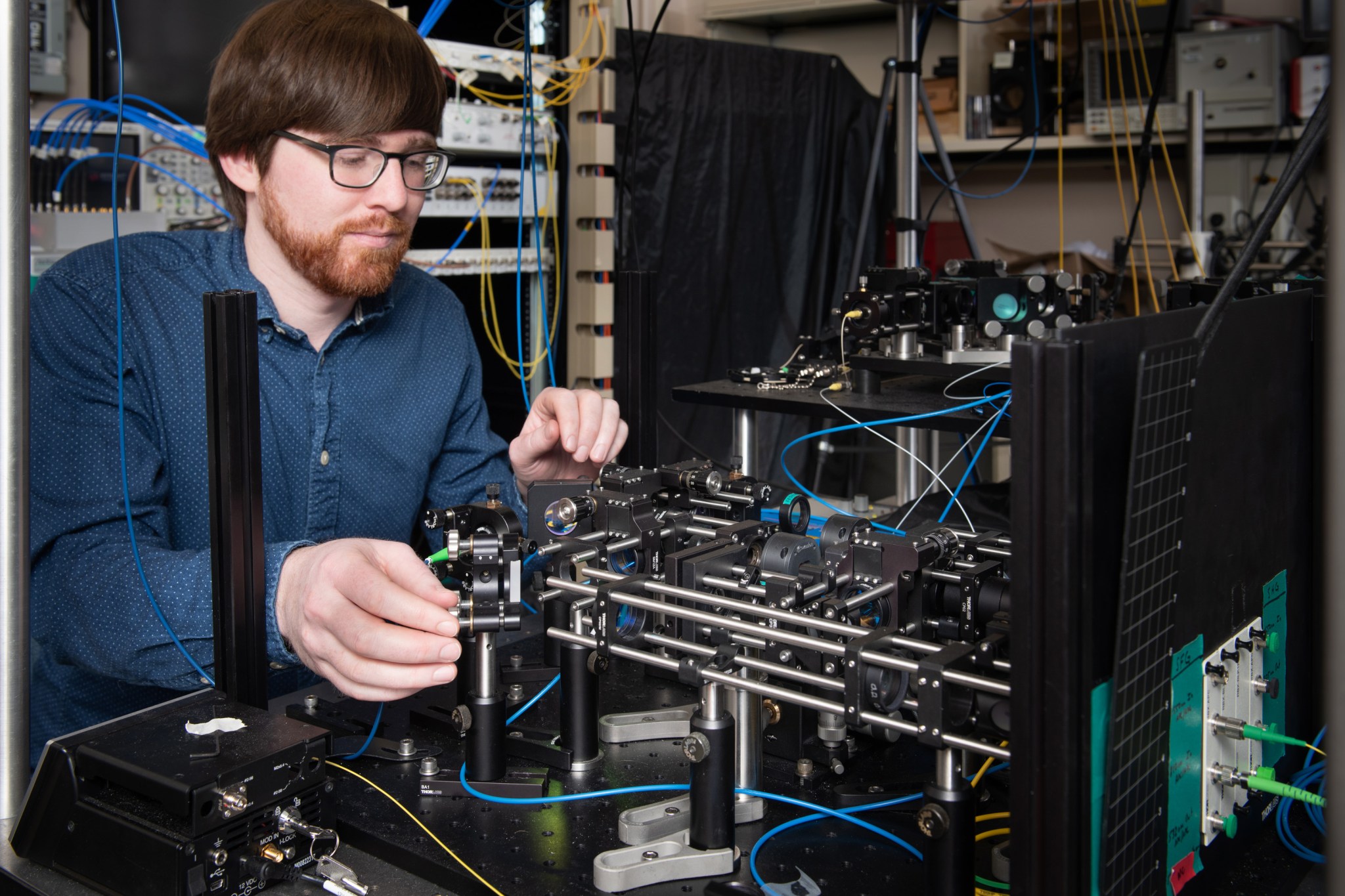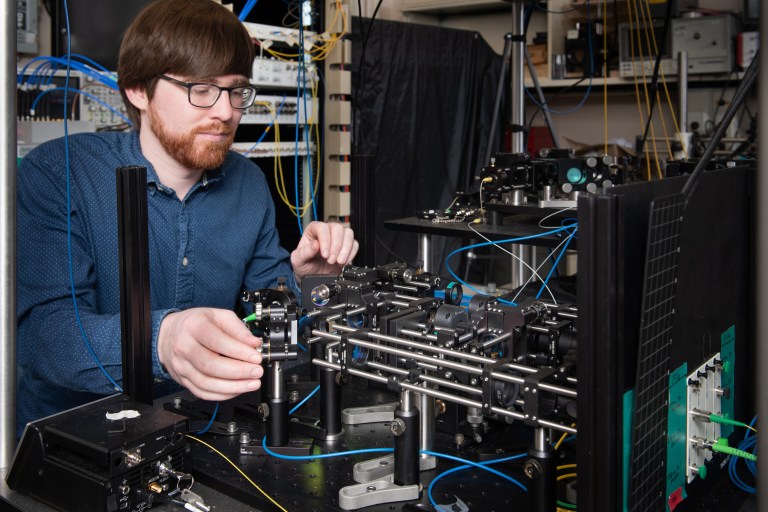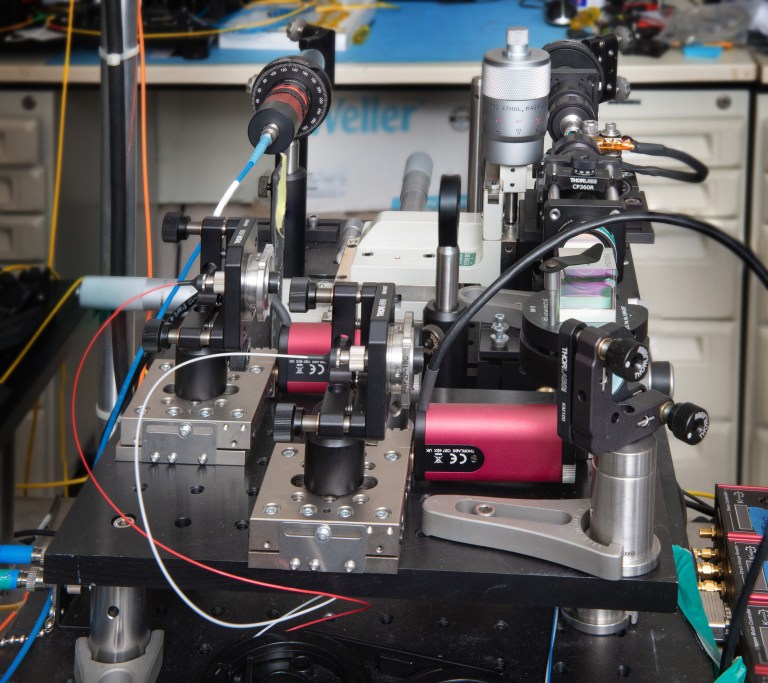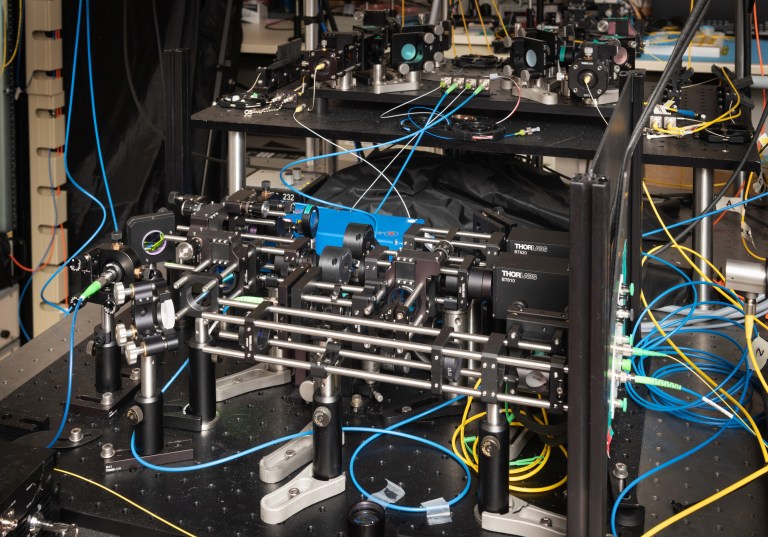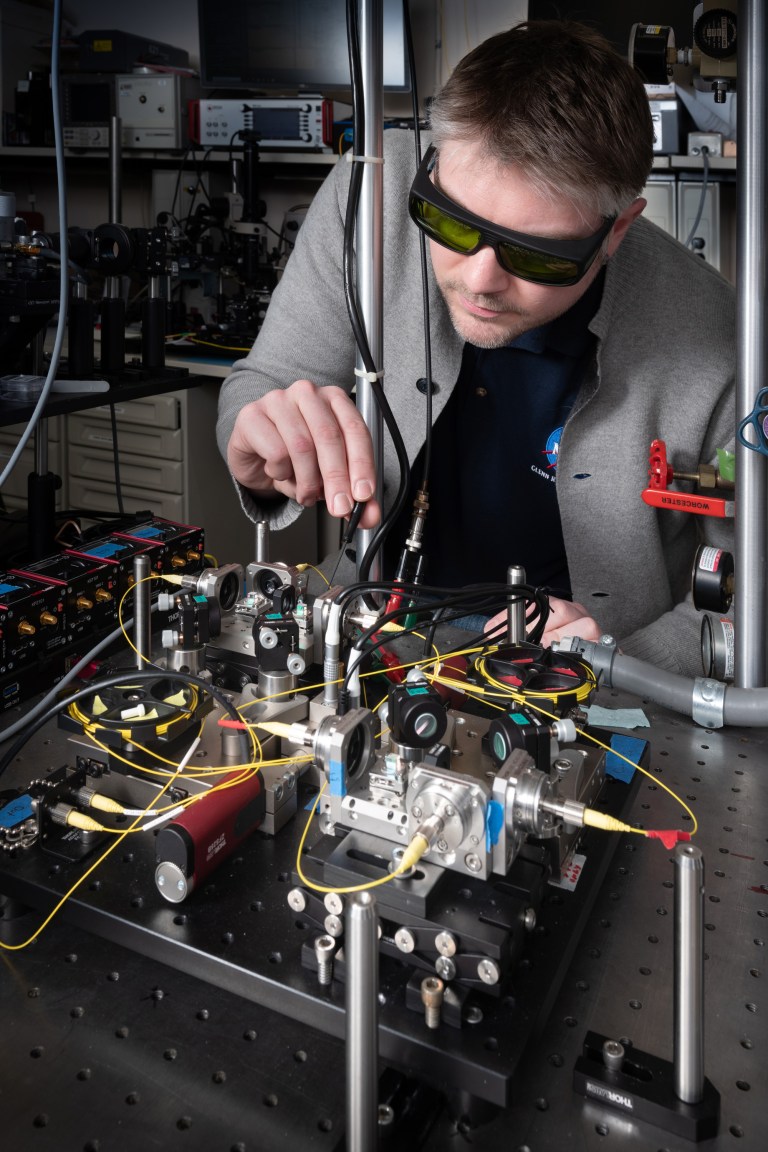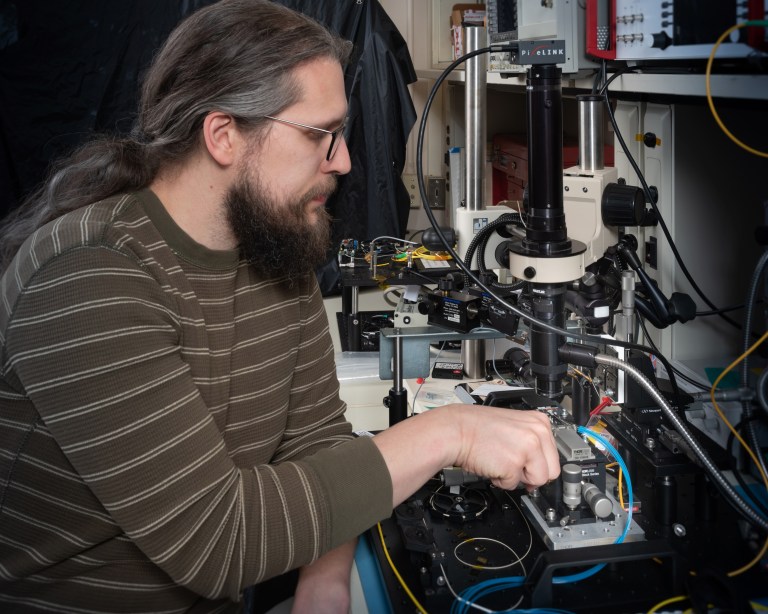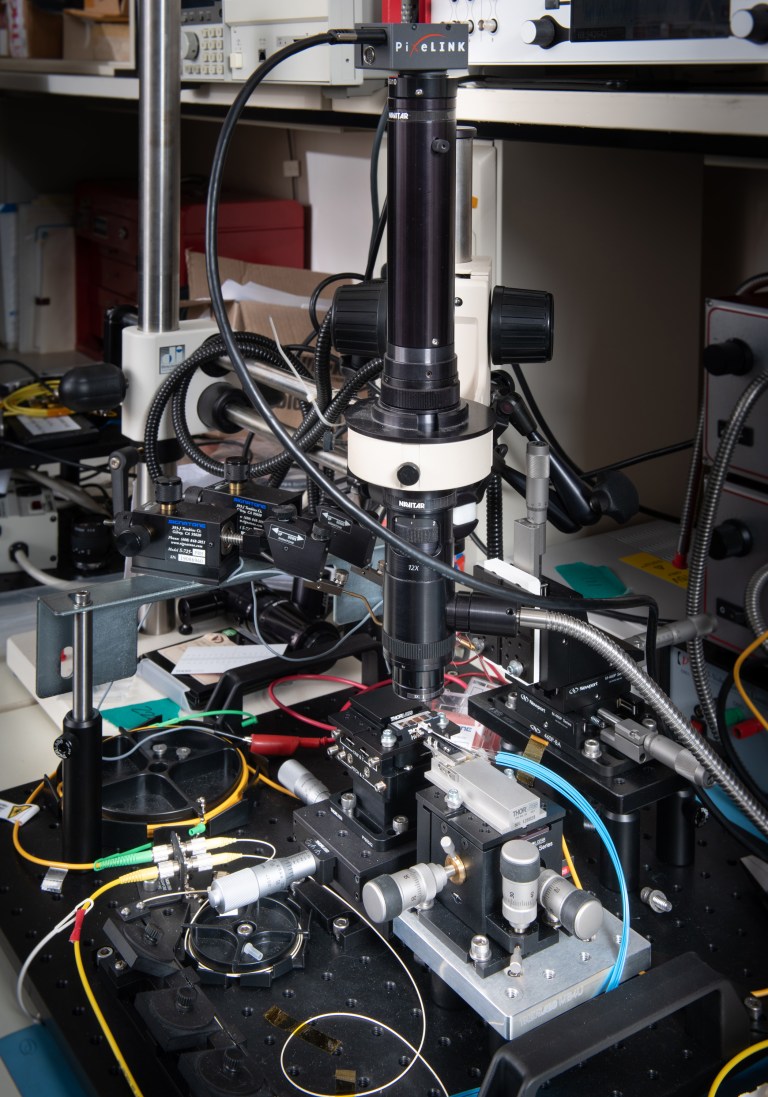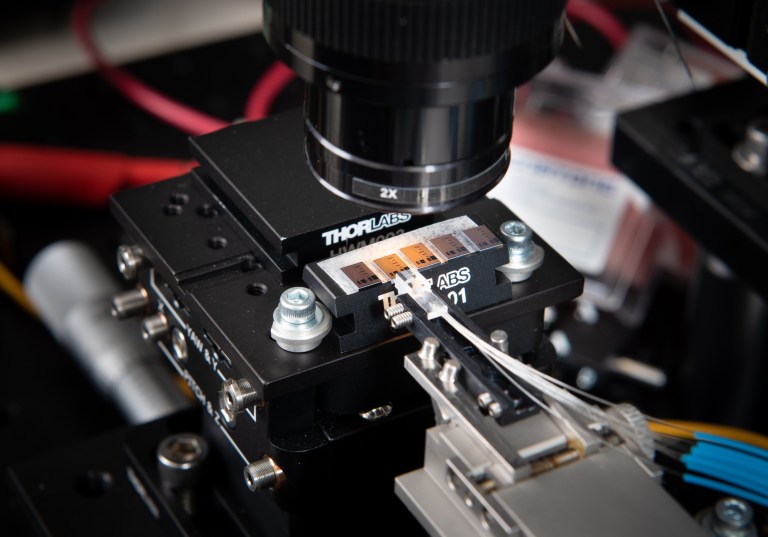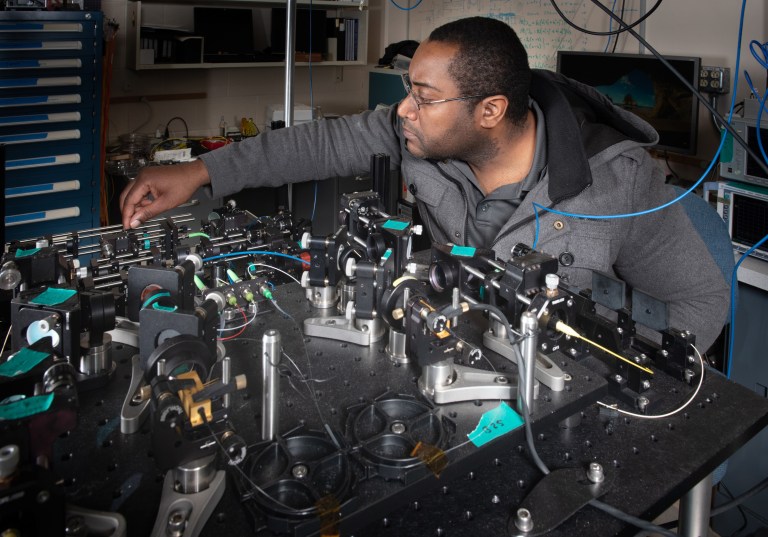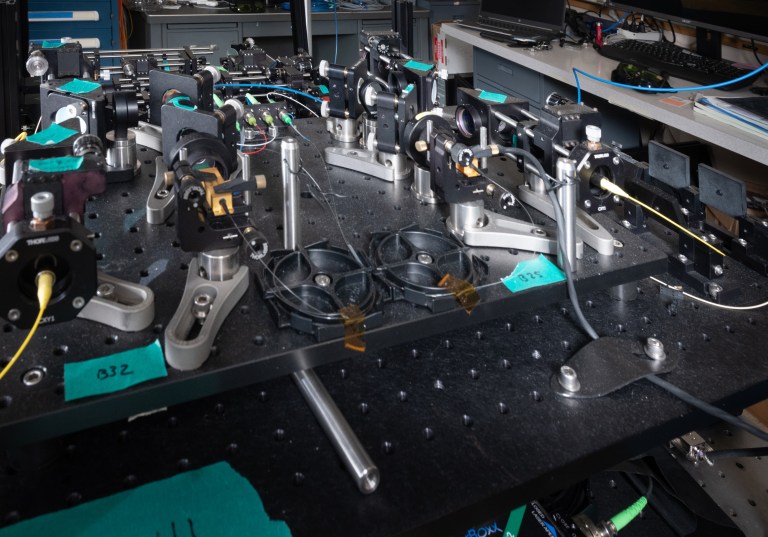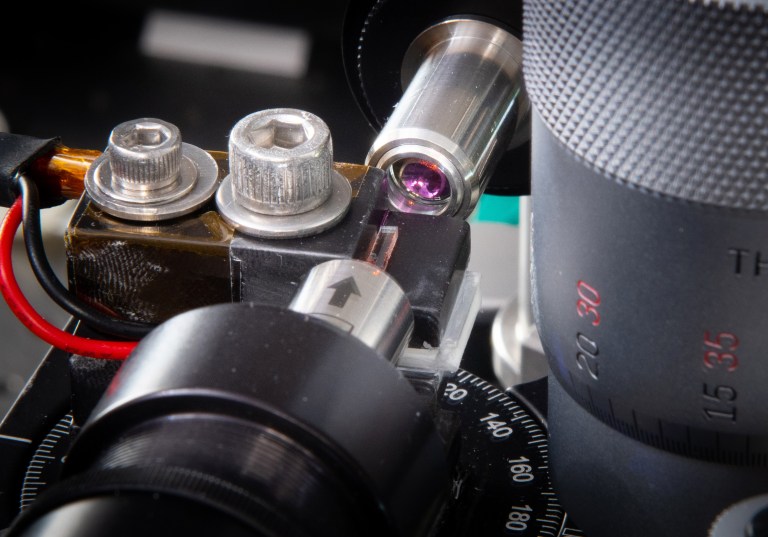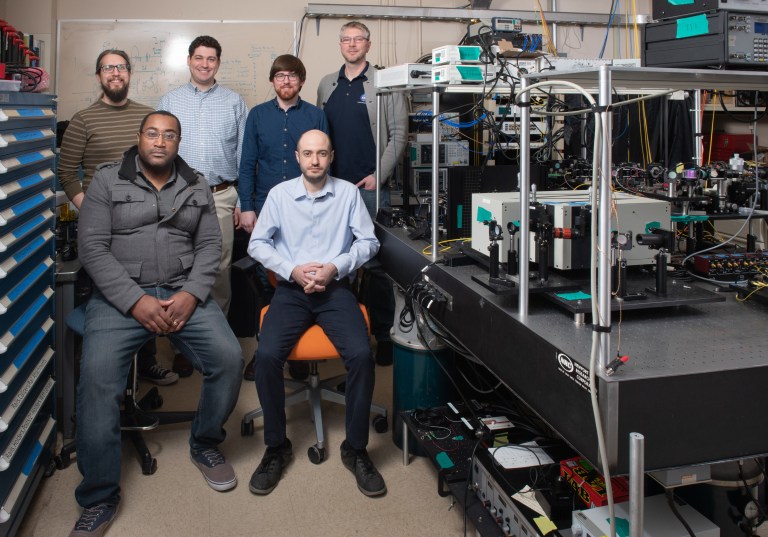Quantum Information Systems for Networking and Sensing
NASA is developing quantum technologies for light-based communication and remote sensing, focusing on free-space transmission through space or Earth’s atmosphere.
Overview
The Quantum Information Science (QIS) team at NASA’s Glenn Research Center in Cleveland, Ohio, researches and develops quantum technologies to generate, manipulate, transmit, and detect light for communication and remote sensing applications. The team focuses on free-space transmission, through space or Earth’s atmosphere, as the medium for long-distance quantum networking and entanglement distribution.
At the core of Glenn’s quantum work are quantum communications technology development, metrology, and testbeds that connect quantum processors, sensors, and advanced communication systems. The goal is to mature quantum technologies so hardware is ready for use in robust aerospace environments. Through experimentation, the team gathers physical device parameters, which are combined with network models to evaluate how matured technologies perform in targeted architectures. NASA Glenn also works to reduce the size, weight, and power (SWaP) of quantum devices while maintaining performance.
Contact
| Area of Expertise | Researcher | |
|---|---|---|
| Quantum Metrology, Nonlinear Optics | John Lekki | john.d.lekki@nasa.gov |
| Quantum Metrology, Nonlinear Optics | Evan Katz | evan.j.katz@nasa.gov |
| Quantum Metrology, Nonlinear Optics, Cold Atom Systems | Adam Fallon | adam.fallon@nasa.gov |
| Quantum Theory, Link Budgets/Models | Yousef Chahine | yousef.k.chahine@nasa.gov |
| Single Photon Detectors, Nonlinear Optics, Magnetometers | Brian Vyhnalek | brian.e.vyhnalek@nasa.gov |
| Single Photon Detectors, Nonlinear Optics | Nathaniel Wilson | nathaniel.c.wilson@nasa.gov |
Video
Why Quantum? Why Now? NASA Celebrates World Quantum Day
NASA’s First-Ever Quantum Memory Made at Glenn Research Center
NASA Glenn facilities where this research is conducted:
Aerospace Communications Facility
Brings together over 80 researchers to one cutting-edge building, with 25 research laboratories, a large RF-shielded high bay space, and both rooftop and ground-based antennae fields.
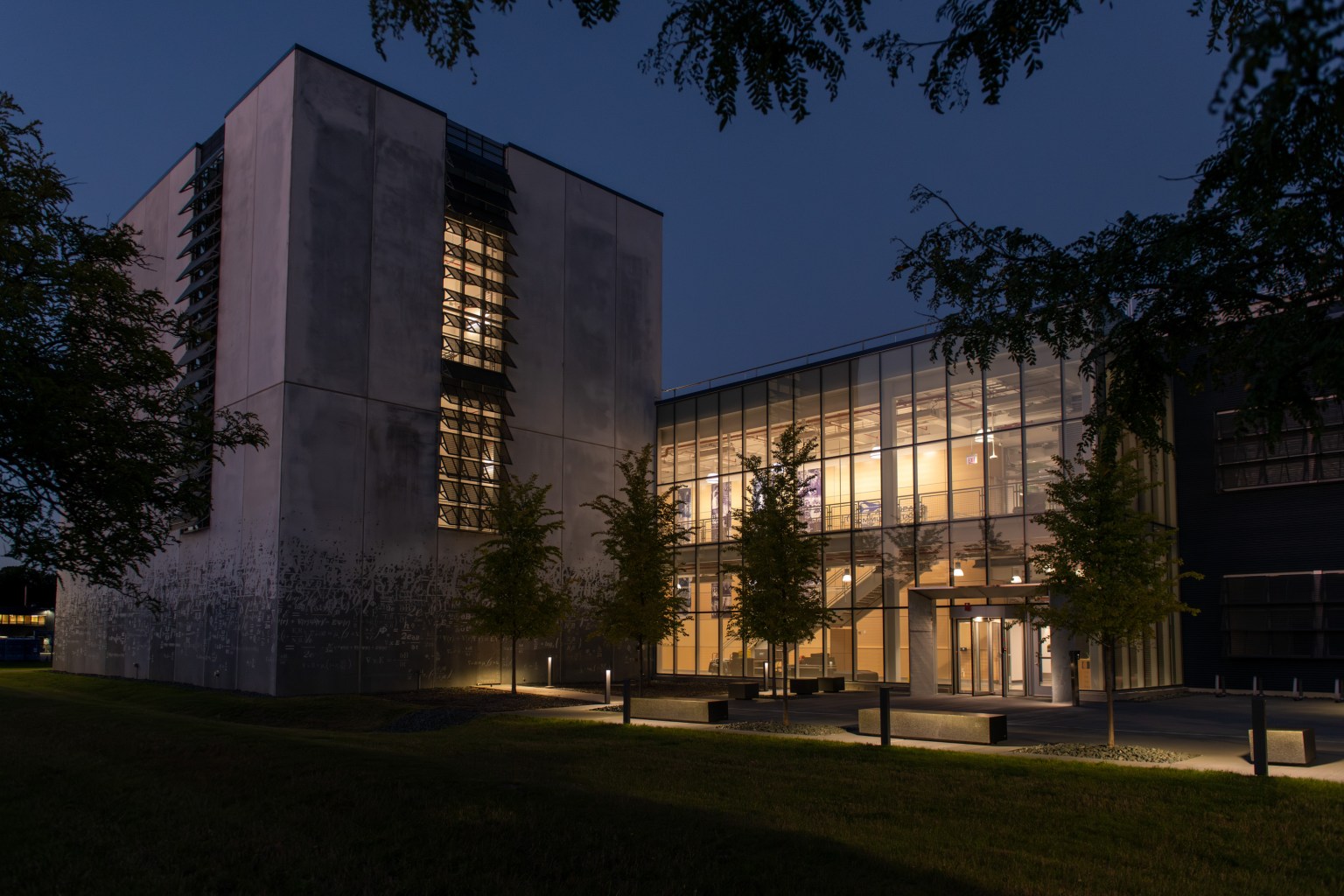
Gallery
Key Publications
| Publication Title | Author(s) | Source | Type | Year |
|---|---|---|---|---|
| Few-Mode Fiber Coupled Superconducting Nanowire Single-Photon Detectors for Photon Efficient Optical Communications | Vyhnalek, Brian E. and Tedder, Sarah A. and Katz, Evan J. and Nappier, Jennifer M. | SPIE Photonics West; February 02, 2019 – February 07, 2019; San Francisco, CA; United States | Conference Paper | 2019 |
| Bell Inequality Experiment for a High Brightness Time-Energy Entangled Source | Nemitz, Ian R. and Dietz, Jonathan and Katz, Evan J. and Vyhnalek, Brian and Child, Benjamin and Floyd, Bertram M. and Lekki, John D. | SPIE Photonics West; February 05, 2019 – February 07, 2019; San Francisco, CA; United States. | Conference Paper | 2019 |
| Bell Inequality Experiment for a High Brightness Time-Energy Entangled Source | Nemitz, Ian R. and Dietz, Jonathan and Katz, Evan J. and Vyhnalek, Brian E. and Child, Benjamin and Floyd, Bertram and Lekki, John D. | SPIE Photonics West; February 02, 2019 – February 07, 2019; San Francisco, CA; United States | Poster | 2019 |
Discover More Topics From NASA
Communications research at NASA's Glenn Research Center
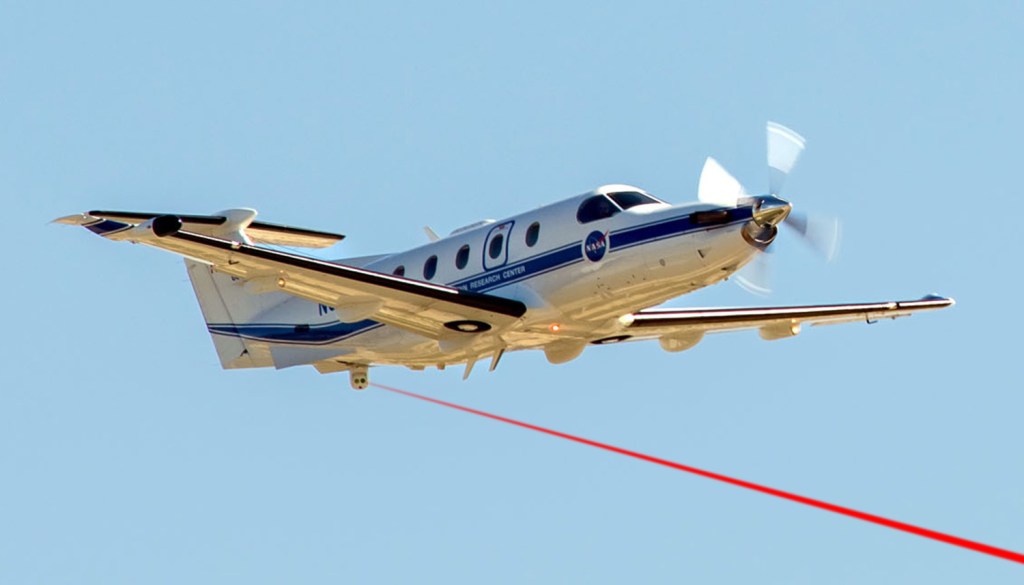
Airborne Laser Communication Testbed
NASA research platform enables high-speed, secure, jam-resistant data links, requiring line of sight, with over fifty hours of successful aircraft testing.
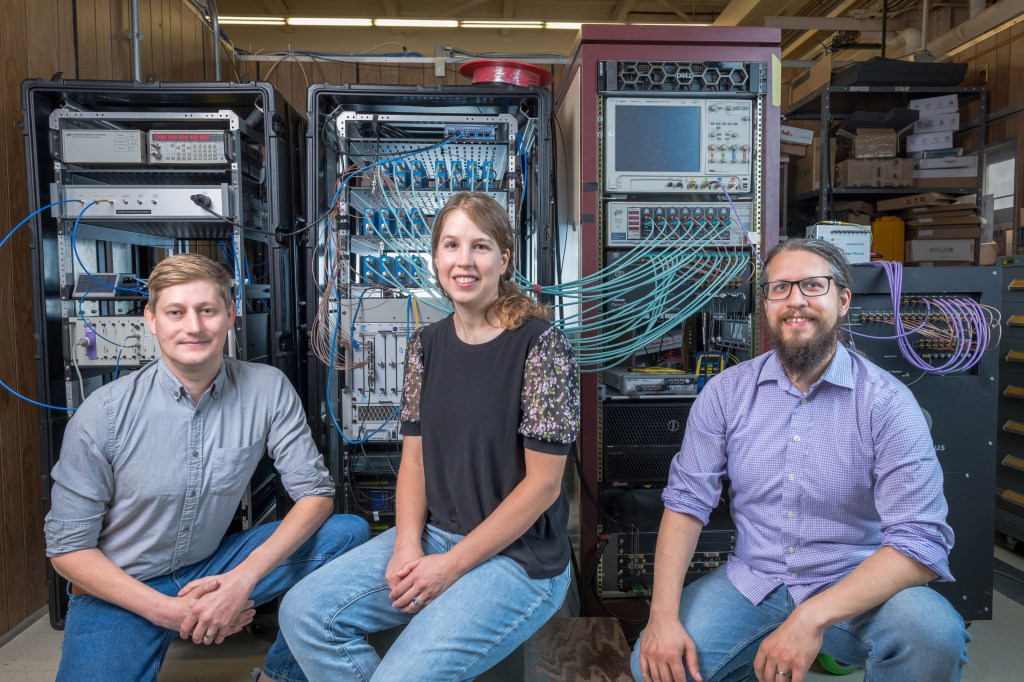
Optical Communications
NASA is upgrading optical communications for faster data transfer with lower mass and power, meeting the high-capacity needs of future space missions.

























